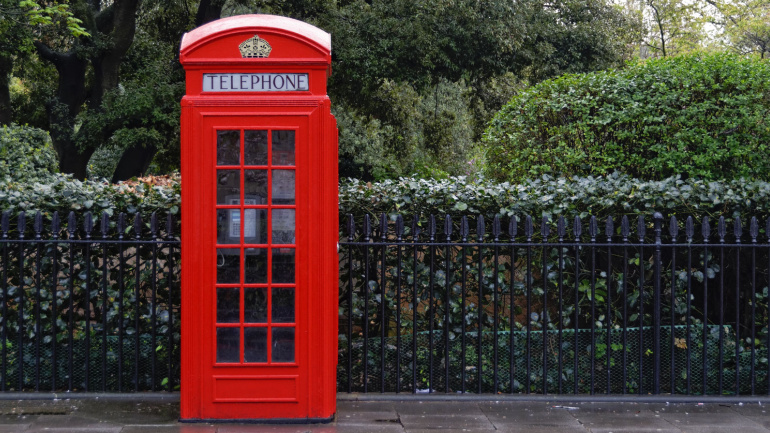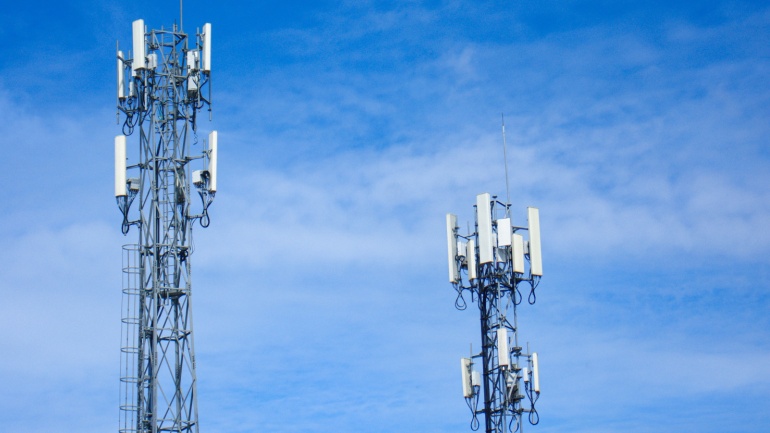As the centenary of the iconic red phone box, a cultural mainstay in the UK, fast approaches, telecommunications group BT is encouraging the public to breathe life into 1,000 more disused boxes. Starting in 2008, the Adopt a Kiosk programme has seen over 7,200 phone boxes reclaimed by communities, parish councils, and charities for a token fee of £1. The purpose of these kiosks has extended beyond mere decoration — they have become practical, essential community assets such as defibrillator stations, miniature libraries, and even micro art galleries.
BT disclosed that another 1,000 phone boxes are ready for adoption, urging local residents to claim and repurpose them. As a part of the scheme, BT will also supply power for the illumination of the adopted booths free of charge. It is a generous offer given the plummeting interest in payphones owing to the ubiquity of mobile phones and greater signal coverage.
Michael Smy, Head of Street at BT, stated, “With the iconic red kiosk about to turn 100, it’s a great opportunity to remind communities that would still like to retain their local kiosk to take it on for just £1 through our Adopt a Kiosk scheme. We’ve already seen some great kiosk conversions across the UK that have become valuable community assets.”
Phone box history notes that the design most popularly remembered today, appeared first in 1926, primarily in London. The design was further tweaked in 1936 to the K6 version in celebration of George V’s Silver Jubilee, making the boxes a common sight across the nation.
BT is at the forefront of innovation and conservation, seeking to transform its aging street fixtures. The company has floated an idea of converting defunct street cabinets into charging stations for electric vehicles. These cabinets, currently housing copper-based broadband and phone services, are slated for decommissioning following BT’s fibre roll-out.
Furthermore, BT is manufacturing ‘high-tech digital street units’ called Street Hubs. These units, a more modern alternative to traditional payphones, not only offer Wi-Fi, free emergency calls, and device charging, but also come equipped with the capacity to be fitted with 4G and 5G cells.
Many original phone boxes have been unofficially transformed into advertising spaces, but the move towards adopting them to serve the community, as seen with the micro library, is a significant improvement. Future generations may see the newly introduced Street Hubs transformed into spaces like community flower beds, garnering a sense of nostalgia and tradition that the red phone boxes currently hold.







